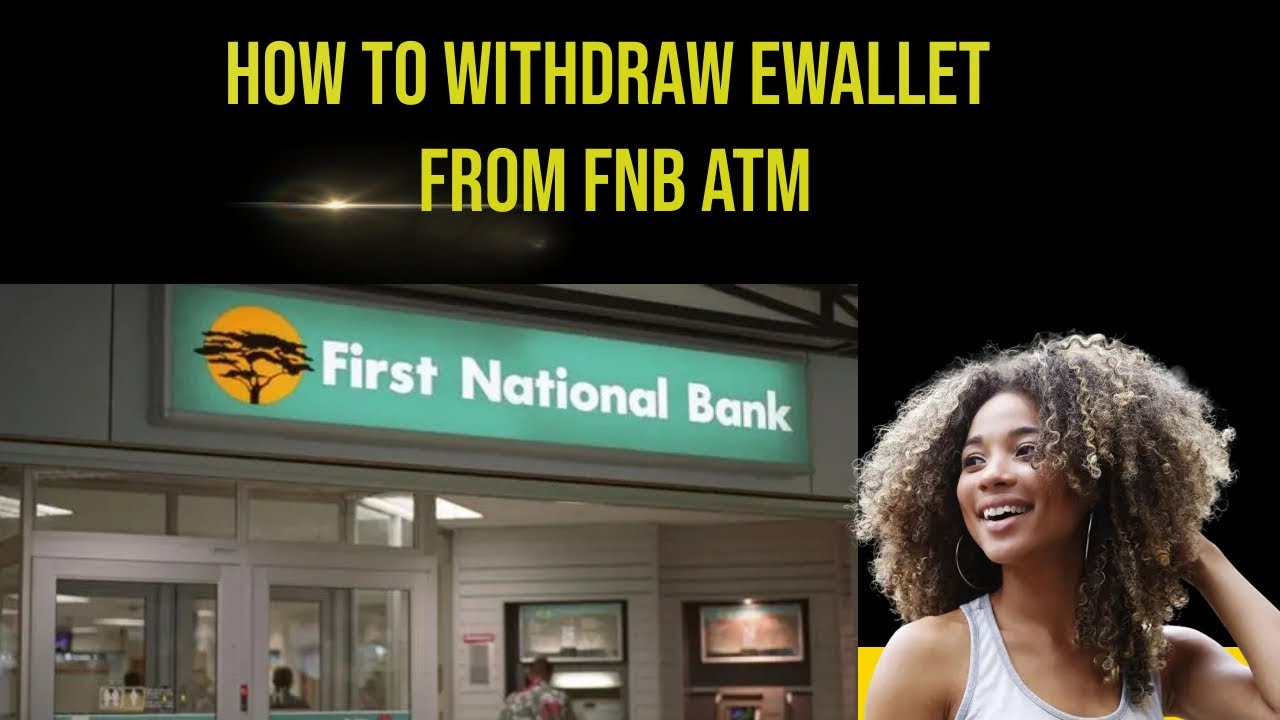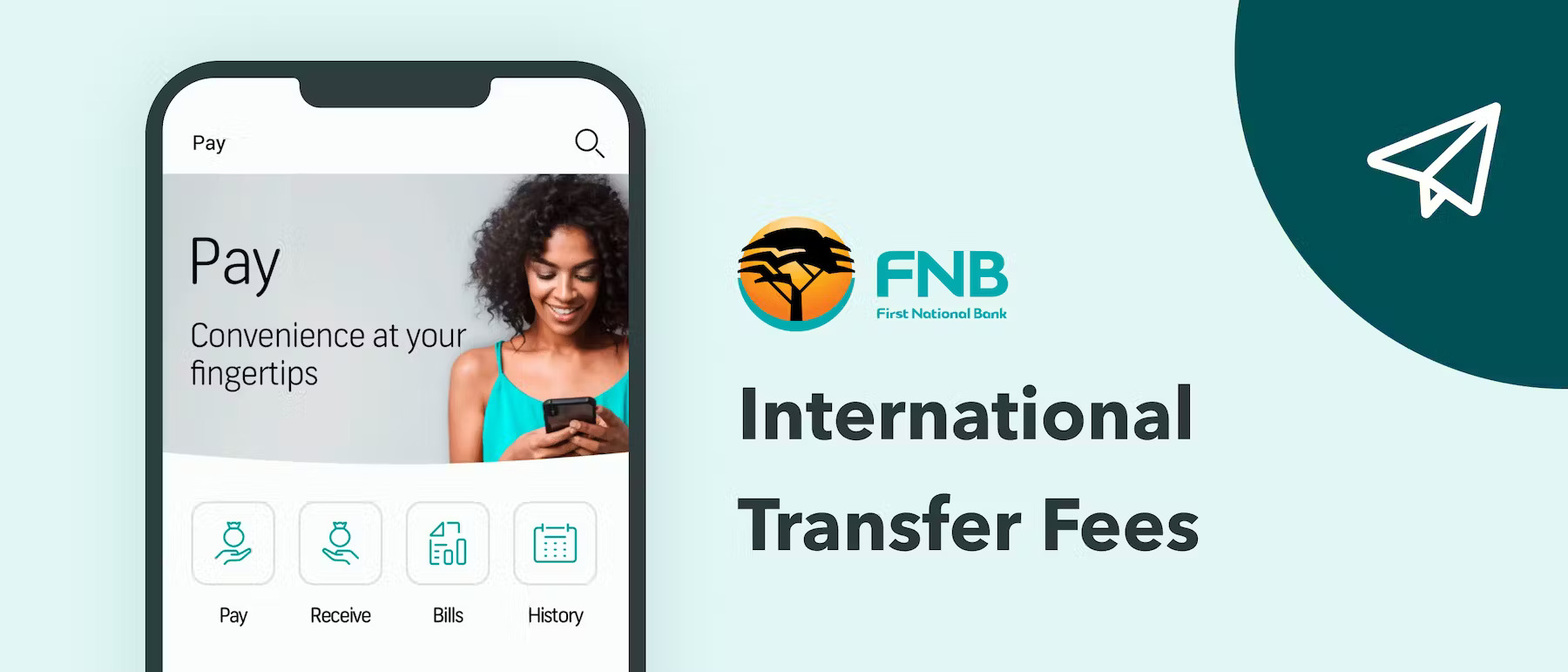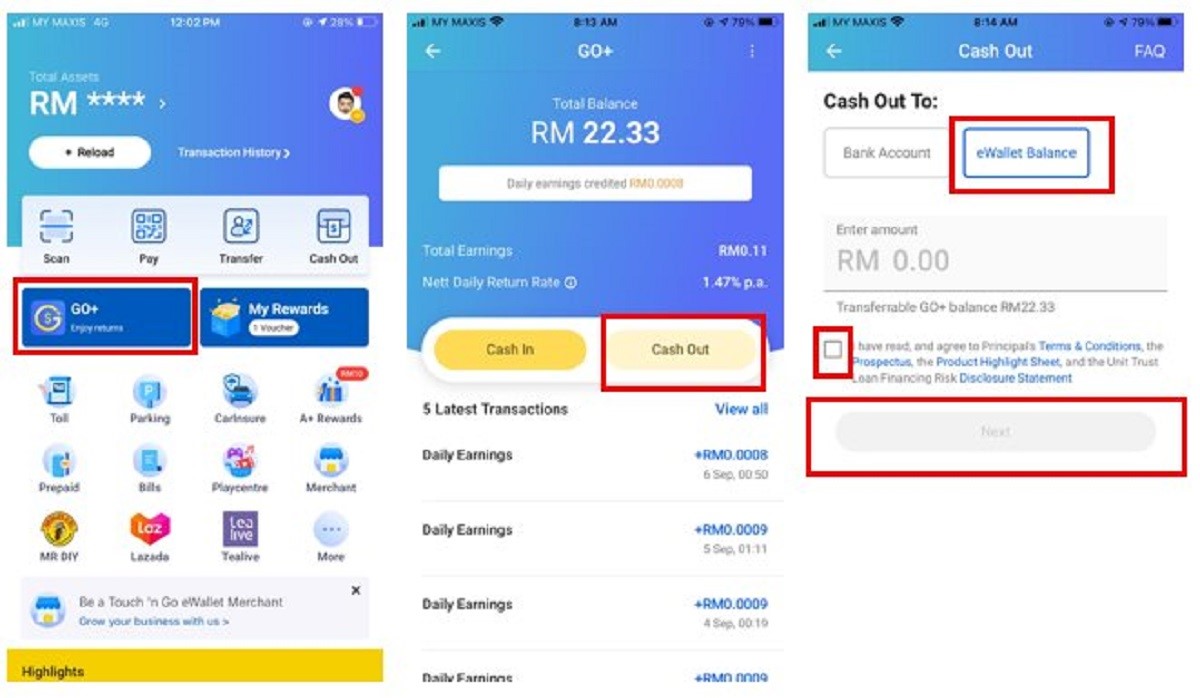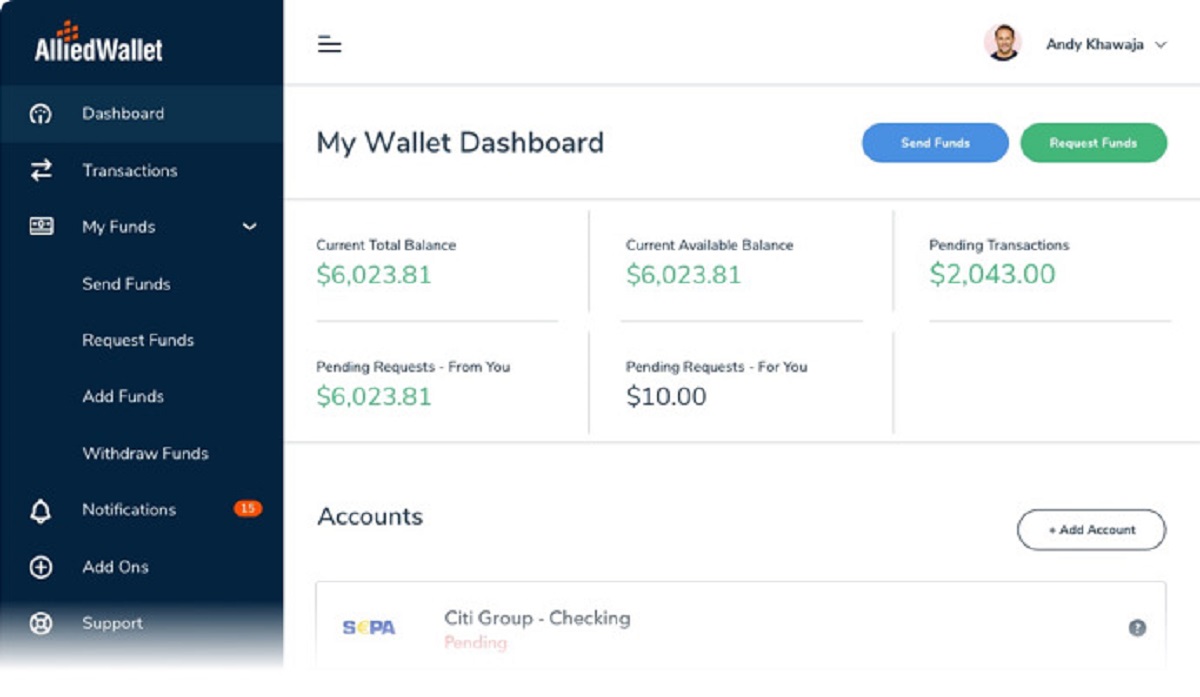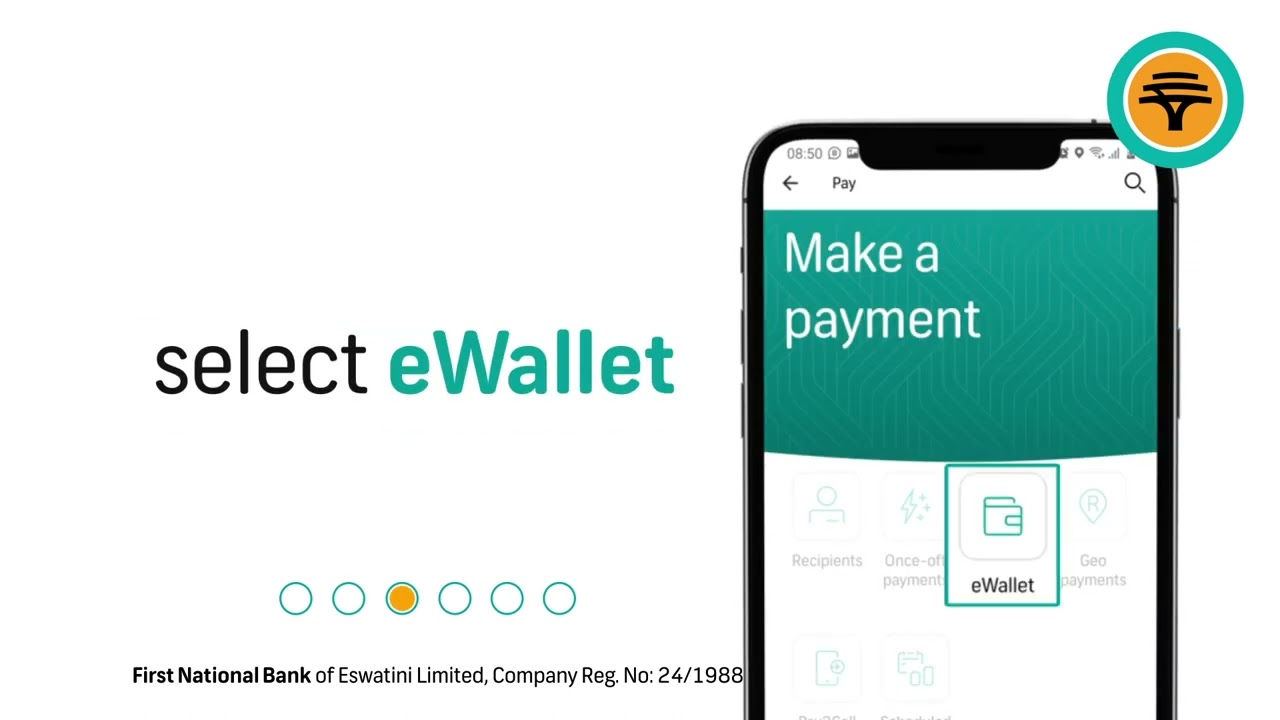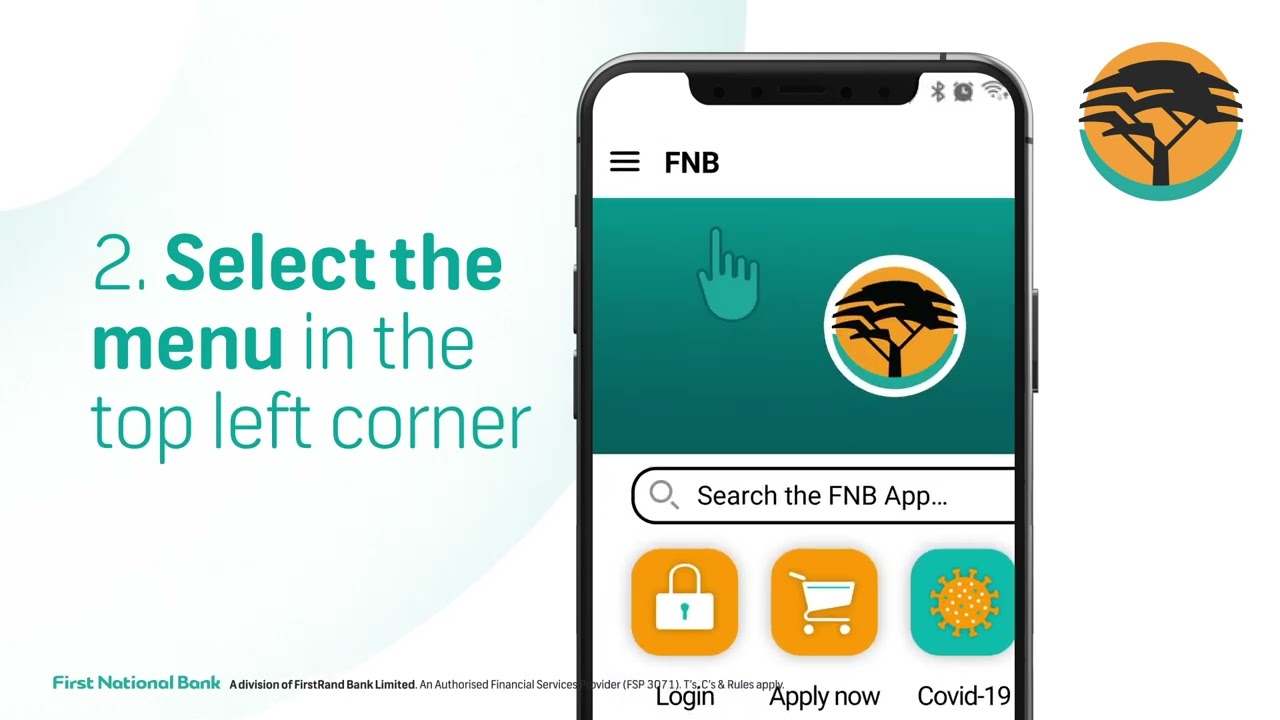Introduction
Welcome to the world of e-wallets, where convenience meets security. In today’s digital age, e-wallets have become increasingly popular as a way to make payments and store money electronically. With just a few taps on your smartphone, you can transfer funds, pay bills, and even withdraw money from your e-wallet.
An e-wallet, also known as a digital wallet or mobile wallet, is essentially a virtual wallet that allows you to store and manage your digital assets. It serves as a secure and convenient alternative to carrying around physical cash or using traditional banking methods. By using an e-wallet, you can streamline your financial transactions and have access to your funds anytime, anywhere.
With the wide variety of e-wallets available in the market, it’s crucial to choose the one that best suits your needs. Some popular e-wallets include PayPal, Venmo, Apple Pay, Google Pay, and many more. Each wallet comes with its own set of features, security measures, and user interface, so it’s essential to do your research and select the one that aligns with your preferences.
Once you’ve chosen your preferred e-wallet, the next step is to link it to your bank account. This step is crucial as it enables you to transfer funds between your bank account and e-wallet seamlessly. Many e-wallets offer a straightforward process for linking your bank account, usually requiring you to enter your bank account details and confirm ownership.
Once your e-wallet is linked to your bank account, you can easily withdraw money from your e-wallet. The process of withdrawing funds depends on the specific e-wallet you are using, as each wallet may have its own withdrawal methods and options.
It’s important to note that e-wallets may charge transaction fees for withdrawing money. These fees can vary depending on the e-wallet provider and the withdrawal method chosen. Understanding these fees will help you make informed decisions and minimize any unnecessary expenses.
In this article, we will explore the various methods of withdrawing money from an e-wallet and provide you with the necessary information to navigate the process successfully. Whether you’re looking to transfer funds to your bank account, debit/credit card, or mobile wallet, this guide will assist you at every step.
So, let’s dive into the world of e-wallets and discover how you can conveniently and securely withdraw money using these digital wallets.
What is an E-wallet?
An e-wallet, also known as a digital wallet or mobile wallet, is a software application or online service that allows individuals to store, manage, and transact their digital assets. It serves as a virtual wallet where users can securely store their payment information, such as credit/debit card details, bank account information, and even cryptocurrencies.
Unlike traditional wallets that hold physical cash and cards, e-wallets operate in the digital realm. With the increasing popularity of smartphones and internet connectivity, e-wallets have gained immense popularity, providing users with a convenient, fast, and secure way to make payments and manage their finances.
One of the key benefits of using an e-wallet is the convenience it offers. Instead of carrying around physical cash or multiple cards, users can access their funds and perform transactions through their smartphones or other internet-connected devices. This eliminates the need for physical wallets and streamlines the payment process.
E-wallets also provide enhanced security features compared to traditional payment methods. The use of encryption technology and secure authentication methods ensures that users’ financial information is protected from unauthorized access. Additionally, many e-wallets offer extra layers of security, such as two-factor authentication and biometric recognition, further enhancing the safety of transactions.
Moreover, e-wallets have expanded beyond their initial purpose of making payments. Users can store loyalty cards, coupons, and even digital tickets within their e-wallets, further reducing the clutter in their physical wallets. This added convenience makes it easier for individuals to access their digital assets and take advantage of various rewards and discounts offered by merchants.
There are various types of e-wallets available, catering to different needs and preferences. Some e-wallets are linked to specific banks or payment providers, while others are standalone apps that support multiple payment methods. Popular e-wallets such as PayPal, Venmo, and Apple Pay provide users with a range of features, including peer-to-peer payments, online shopping, and cross-border transactions.
Whether you’re making a purchase at a physical store, paying bills online, or transferring money to friends and family, an e-wallet can simplify and expedite the process. With just a few taps on your smartphone, you can securely send and receive money, track your expenses, and manage your financial activities.
Overall, e-wallets have revolutionized the way we handle money and make transactions in the digital age. They offer convenience, security, and versatility, making them an indispensable tool for individuals seeking a seamless and efficient payment experience.
Choosing the Right E-wallet
With a multitude of e-wallet options available in the market, choosing the right one can seem like a daunting task. However, by considering a few key factors, you can find an e-wallet that suits your needs and preferences.
The first step in choosing an e-wallet is to determine your primary use case. Are you primarily looking for a digital wallet to make online purchases? Or do you also need a wallet that supports in-store payments and peer-to-peer transactions? Understanding your specific requirements will help you narrow down your options.
Security is another critical consideration when selecting an e-wallet. Look for wallets that offer robust security features, such as encryption, secure authentication, and fraud detection mechanisms. Additionally, verify that the e-wallet provider complies with industry standards and regulations to ensure the safety of your funds and personal information.
Compatibility is also an essential factor. Check if the e-wallet is compatible with your smartphone’s operating system (iOS, Android, etc.) and if it supports the payment methods you commonly use, such as credit/debit cards or bank transfers. This ensures a seamless integration and usability of the e-wallet.
Consider the user interface and overall user experience offered by the e-wallet. A user-friendly interface that is intuitive and visually appealing can greatly enhance your overall experience and make managing your digital assets a breeze. Additionally, read reviews and seek recommendations from others to get insights into the usability of different e-wallets.
Transaction fees and charges associated with the e-wallet should also be taken into account. Some e-wallets may charge fees for certain types of transactions, such as transferring funds to a bank account or international payments. It’s important to understand these fees to evaluate the overall cost-effectiveness of the e-wallet.
Research the customer support provided by the e-wallet provider. Consider whether they offer multiple support channels, such as phone, email, or live chat. Good customer support can be immensely valuable when encountering issues or needing assistance with your e-wallet.
Lastly, consider the reputation and credibility of the e-wallet provider. Look for established and trusted names in the industry to ensure the stability and reliability of the e-wallet. Check for reviews, ratings, and feedback from other users to get a sense of the e-wallet’s performance and reliability.
By considering these factors and conducting thorough research, you can choose an e-wallet that aligns with your requirements and provides a seamless and secure digital payment experience. Remember that the perfect e-wallet for someone else may not necessarily be the best fit for you, so take your time, weigh your options, and select the e-wallet that best suits your needs.
Linking Your Bank Account
Linking your bank account to your e-wallet is a crucial step in the setup process that enables seamless transfer of funds between your bank and your digital wallet. This integration allows you to easily add money to your e-wallet and withdraw funds to your bank account as needed.
The process of linking your bank account may vary depending on the specific e-wallet you are using. However, the general steps involved are quite straightforward.
Firstly, you will typically need to navigate to the settings or account section of your e-wallet app or website. Look for an option related to linking a bank account. This may be labeled as “Add Bank Account,” “Link Bank,” or something similar.
Next, you will be prompted to provide relevant information, such as your bank account number, routing number, and account holder name. Some e-wallets may require additional verification steps, such as providing a photo of your bank statement or ID.
After entering the required information, the e-wallet will initiate a verification process to confirm that you own the linked bank account. This verification process may involve a small temporary deposit to your bank account, which you will need to verify within the e-wallet app or website by entering the exact amount deposited.
Once the verification process is complete, your bank account will be successfully linked to your e-wallet. Depending on the e-wallet, you may be able to link multiple bank accounts if desired, allowing you to choose which account to use for specific transactions.
It’s important to note that linking your bank account adds an extra layer of security to your e-wallet transactions. This process ensures that only authorized individuals can transfer funds between your e-wallet and bank account.
In addition, when linking your bank account, it’s essential to review the security measures implemented by the e-wallet provider. Ensure that they follow industry standards and use encryption technology to protect your financial information during the linking process and subsequent transactions.
Keep in mind that once your bank account is linked, you may need to periodically verify the account to maintain its active status. This is typically done by verifying small test deposits or through ongoing transactions via the e-wallet.
By linking your bank account to your e-wallet, you gain the flexibility to add funds to your digital wallet and seamlessly transfer money back to your bank account when needed. This integration makes it easy to manage your finances and provides a convenient way to access and utilize your funds for various transactions.
Now that your bank account is linked, let’s explore how you can effectively withdraw money from your e-wallet using the available options and methods.
Withdrawing Money from an E-wallet
Withdrawing money from an e-wallet is a straightforward process that allows you to transfer funds from your digital wallet back to your bank account, debit/credit card, or even another mobile wallet. The specific methods available for withdrawing money may vary depending on the e-wallet you are using, so it’s important to familiarize yourself with the options provided.
Before proceeding with a withdrawal, it is crucial to ensure that you have sufficient funds in your e-wallet. Some e-wallets may have minimum withdrawal amounts, so be mindful of any applicable requirements.
To initiate a withdrawal, start by opening the e-wallet app or logging into your e-wallet account on the website. Locate the “Withdraw” or “Transfer” option, which is typically found under the “Wallet” or “Account” section.
Next, select the desired withdrawal method from the available options. The most common methods include withdrawing to a bank account, debit/credit card, or another mobile wallet. Select the option that best suits your needs and preferences.
If you choose to withdraw to a bank account, you will be prompted to provide the necessary banking information. This typically includes the account number, routing number, and account holder name. Follow the on-screen instructions to complete the withdrawal request, ensuring that the details entered are accurate.
In the case of withdrawing to a debit/credit card, you will need to enter the card details, including the card number, expiration date, and CVV code. Some e-wallets may require additional authentication steps, such as entering a one-time password (OTP) sent to the registered mobile number or email address associated with the card.
If you opt to withdraw to another mobile wallet, you may be required to provide the recipient’s mobile number or email address, depending on the specific wallet’s transfer method. Ensure that you input the correct details to avoid any issues with the transaction.
Once you have entered the necessary information, review the withdrawal details and confirm the transaction. Take note of any applicable transaction fees, as some e-wallets may charge a small percentage or a fixed fee for withdrawals.
After confirming the withdrawal, the e-wallet will process the transaction. The duration of the withdrawal process depends on various factors, such as the e-wallet provider, withdrawal method, and banking or card processing times. Typically, bank transfers may take a few business days to reflect in your account, while withdrawals to debit/credit cards or other mobile wallets are generally faster.
Throughout the withdrawal process, it’s important to monitor your e-wallet and keep track of any updates or notifications provided by the e-wallet provider. This will help you stay informed about the status of your withdrawal and any additional steps required.
By understanding the withdrawal options available in your e-wallet and following the provided instructions, you can easily transfer funds from your digital wallet back to your preferred financial account or payment method. This flexibility allows you to manage and utilize your funds as needed, providing you with peace of mind and control over your finances.
Understanding Transaction Fees
When using an e-wallet for financial transactions, it’s important to be aware of the potential transaction fees that may be associated with various activities, including withdrawals. Understanding these fees will help you make informed decisions and avoid any unexpected charges.
Transaction fees vary depending on the e-wallet provider and the specific type of transaction being performed. Some common types of fees you may encounter include withdrawal fees, transfer fees, currency conversion fees, and cross-border transaction fees.
Withdrawal fees are charges imposed by the e-wallet provider for transferring funds from your e-wallet to another account or payment method. These fees can be a fixed amount or a percentage of the withdrawal amount, depending on the e-wallet’s policies. It’s important to review the fee structure and take these fees into account when planning your withdrawals.
Transfer fees may apply when you send money from your e-wallet to another user. These fees can vary depending on factors such as the recipient’s location, currency, and the e-wallet provider’s policies. Before initiating a transfer, be aware of any applicable transfer fees to avoid surprises.
Currency conversion fees come into play when you perform transactions involving different currencies. If your e-wallet supports multiple currencies, you may incur fees when converting funds from one currency to another. These fees are often expressed as a percentage of the converted amount or as a markup on the exchange rate. Be sure to check the fee structure for currency conversions, especially if you frequently engage in cross-currency transactions.
Cross-border transaction fees may apply if you are sending or receiving money internationally. Some e-wallets charge additional fees for cross-border transactions due to factors such as currency exchange and processing fees imposed by banking systems. Confirm whether your e-wallet provider has any specific fees or charges related to international transactions.
It’s important to note that transaction fees can vary significantly among different e-wallet providers. Before choosing an e-wallet, review their fee structure to determine if it aligns with your expected usage and transaction patterns. Consider factors such as the frequency of your transactions, the types of transactions you typically perform, and the regions/currencies involved.
Keep in mind that understanding the fee structure is essential, but it is not the sole determining factor when selecting an e-wallet. Pay attention to other aspects such as security features, user experience, customer support, and compatibility with your preferred payment methods.
To stay informed about fees and charges, regularly review the e-wallet’s terms and conditions or fee schedule provided by the provider. E-wallet providers typically update their fee structures periodically, so it’s important to stay updated to ensure accurate planning and forecasting of your financial transactions.
By understanding the transaction fees associated with your e-wallet, you can make informed decisions and manage your finances effectively. Being aware of these fees allows you to optimize your usage, minimize unnecessary expenses, and maximize the benefits provided by your e-wallet.
Withdrawing to a Bank Account
Withdrawing funds from your e-wallet to a linked bank account provides a convenient and straightforward way to access your digital funds in a physical form. This method is often preferred when you need to use the funds for offline purchases or if you want to transfer money to another account.
The process of withdrawing money from your e-wallet to a bank account may vary depending on the specific e-wallet provider. However, the general steps involved are typically simple and easy to follow.
To initiate a withdrawal to your bank account, start by logging into your e-wallet account through the app or website. Once you’re logged in, navigate to the “Withdraw” or “Transfer” section, where you should find options related to withdrawing funds to a bank account.
Select the bank account option from the available withdrawal methods provided. Ensure that the correct bank account is selected if you have multiple accounts linked to your e-wallet.
Enter the withdrawal amount you wish to transfer to your bank account. Keep in mind any minimum and maximum limits set by the e-wallet provider and that some e-wallets may charge withdrawal fees for this transaction.
Review the withdrawal details to ensure accuracy, including the bank account number, account holder name, and other necessary information. One small mistake in the account details can result in failed or delayed transactions, so it’s crucial to double-check before confirming the withdrawal.
Once you have confirmed the withdrawal, the e-wallet will initiate the transfer process. The time required for the funds to appear in your bank account can vary depending on various factors, such as the e-wallet provider’s processing time and the banking system’s transaction processing time. Typically, this process takes a few business days.
During the withdrawal process, it’s essential to monitor your e-wallet account for any updates or notifications provided by the e-wallet provider. These updates can include details about the withdrawal status, estimated arrival time, and any additional steps required to complete the transaction.
It’s important to note that some e-wallets may impose minimum withdrawal amounts or have restrictions on the frequency of bank withdrawals. Be aware of any such limitations to avoid inconvenience or unnecessary fees.
Lastly, keep in mind that the security of your bank account information is crucial. Ensure that your e-wallet provider employs strong encryption technology and follows industry standards to protect your financial data during the withdrawal process.
By withdrawing funds from your e-wallet to a linked bank account, you can easily convert your digital assets into physical currency. This method allows you to utilize your funds for various offline expenses, such as in-store purchases or bill payments. With just a few simple steps, your e-wallet balances can be seamlessly transferred to your bank account, providing you with the flexibility and control over your finances.
Withdrawing to a Debit/Credit Card
Withdrawing funds from an e-wallet to a linked debit or credit card offers a convenient way to access your digital money and use it for online and offline purchases. This method allows you to quickly convert your e-wallet balance into spendable funds on your card, providing you with flexibility and accessibility.
The process of withdrawing funds from your e-wallet to a debit or credit card can vary depending on the specific e-wallet provider. However, the general steps involved are typically straightforward and user-friendly.
To start the withdrawal process, log into your e-wallet account through the app or website using your credentials. Once logged in, locate the “Withdraw” or “Transfer” section, where you will find options related to withdrawing funds to a card.
Select the debit/credit card option from the available withdrawal methods provided by the e-wallet. Ensure that the correct card is selected if you have multiple linked cards associated with your e-wallet account.
Enter the withdrawal amount you wish to transfer to your debit or credit card. Keep in mind any minimum and maximum limits set by the e-wallet provider and any associated withdrawal fees.
Review the withdrawal details, including the card number, expiration date, and other relevant information. It is crucial to enter the information accurately to ensure a successful withdrawal.
Some e-wallets may additionally require a one-time password (OTP) for verification purposes. The OTP is typically sent to the mobile number or email address associated with the card. Enter the OTP in the provided field to proceed with the withdrawal.
Once you have confirmed the withdrawal, the e-wallet will initiate the transfer process. The time it takes for the funds to appear on your debit or credit card may vary depending on factors such as the e-wallet provider’s processing time and the card issuer’s transaction processing time. Typically, this process is relatively quick, and the funds should reflect in your card balance within a few business days.
During the withdrawal process, it’s important to monitor your e-wallet account for any updates or notifications provided by the e-wallet provider. These updates can include details about the withdrawal status, estimated arrival time, or any additional steps required to complete the transaction.
Lastly, it’s essential to keep the security of your debit or credit card information in mind. Ensure that your e-wallet provider employs strong encryption technology and adheres to industry standards to protect your financial data during the withdrawal process.
By withdrawing funds from your e-wallet to a linked debit or credit card, you gain immediate access to your digital money and the ability to use it for various online and offline purchases. This method offers convenience, speed, and flexibility, allowing you to make transactions seamlessly with your card while utilizing your e-wallet balance.
Withdrawing to a Mobile Wallet
Withdrawing funds from your e-wallet to another mobile wallet provides a convenient way to transfer and access your digital funds across different platforms. Whether you want to send money to a friend or family member or use the funds in another mobile payment app, withdrawing to a mobile wallet offers flexibility and ease of use.
The specific process of withdrawing funds from your e-wallet to a mobile wallet may vary depending on the e-wallet provider and the recipient’s mobile wallet app. However, the general steps involved are typically straightforward and user-friendly.
Start by logging into your e-wallet account through the app or website. Once logged in, navigate to the “Withdraw” or “Transfer” section, where you will find options related to withdrawing funds to another mobile wallet.
Select the mobile wallet option from the available withdrawal methods provided by the e-wallet. Some e-wallets may require you to select the specific mobile wallet app, while others may have a generic “Other Mobile Wallet” option.
Enter the withdrawal amount you wish to transfer to the mobile wallet. Take note of any minimum and maximum limits set by the e-wallet provider and any associated withdrawal fees.
Next, provide the necessary recipient details, which typically include the mobile number or email address associated with the recipient’s mobile wallet account. Ensure that you enter the right details to avoid any issues with the transfer.
Review the withdrawal details before confirming the transaction. Verify the amount, recipient details, and any additional information required by the e-wallet provider, such as a transaction description.
Once you have confirmed the withdrawal, the e-wallet will initiate the transfer process to the recipient’s mobile wallet. The time it takes for the funds to appear in the recipient’s mobile wallet may vary depending on factors such as the e-wallet provider’s processing time and the recipient’s mobile wallet provider. Typically, this process is relatively quick, and the funds should be available in the mobile wallet within a few minutes to hours.
During the withdrawal process, it’s essential to monitor your e-wallet account for any updates or notifications provided by the e-wallet provider. These updates can include details about the withdrawal status, confirmation of transfer, or any additional steps required to complete the transaction.
Lastly, ensure that the recipient is also aware of the incoming transfer and has access to their mobile wallet to receive the funds. Some mobile wallets may require additional verification steps or acceptance of the incoming funds.
By withdrawing funds from your e-wallet to another mobile wallet, you can easily transfer and access your digital funds in a different mobile payment app. This process offers convenience, flexibility, and the ability to utilize your e-wallet balance in different mobile wallet platforms.
Common Issues and Troubleshooting
While using an e-wallet for financial transactions can be convenient, there may be instances where you encounter common issues or experience difficulties. Understanding these challenges and knowing how to troubleshoot them can help ensure a smooth and hassle-free e-wallet experience.
Here are some common issues you might come across when using an e-wallet:
- Transaction Declined: If your transaction is declined, ensure that you have sufficient funds in your e-wallet or that the transaction amount does not exceed any limits imposed by the e-wallet provider. Verify that you have entered the correct payment details, such as card numbers or bank account information.
- Failed Withdrawals: If you encounter issues with withdrawing funds, confirm that you have followed the correct withdrawal process for your e-wallet. Check the withdrawal limits, transaction fees, and any additional requirements, such as OTP verification. Ensure that the recipient bank account, debit/credit card, or mobile wallet details are entered accurately.
- Long Processing Times: Some e-wallet transactions, such as bank transfers or international transfers, may take longer processing times. Be patient and allow sufficient time for the transactions to complete. However, if the processing time exceeds the usual timeframe, reach out to the e-wallet provider’s customer support for assistance.
- Security Concerns: If you suspect any security concerns related to your e-wallet, immediately contact the e-wallet provider’s customer support to report the issue. They can guide you on the necessary steps to secure your account and investigate any unauthorized transactions.
- Connection or App Issues: If you experience connectivity or app-related issues with your e-wallet, ensure that you have a stable internet connection. Update your e-wallet app to the latest version, clear cache if necessary, and restart your device. If the problem persists, contact the e-wallet provider’s customer support for further assistance.
When troubleshooting common issues, it’s always beneficial to review the e-wallet provider’s documentation, FAQ section, or user guides. These resources often provide solutions to common problems and offer step-by-step instructions on how to resolve them.
If you are unable to find a resolution to your issue, reach out to the e-wallet provider’s customer support. They are equipped to assist you and can provide specific guidance based on the situation at hand.
Remember to keep your e-wallet app and associated devices secure by using strong passwords, enabling two-factor authentication, and keeping your devices updated with the latest security patches.
By being aware of common issues and how to troubleshoot them, you can navigate any challenges that may arise while using your e-wallet. This knowledge allows you to take full advantage of the benefits e-wallets offer, ensuring a smooth and enjoyable digital payment experience.
Conclusion
E-wallets have revolutionized the way we manage our finances and make transactions in the digital age. With their convenience, security, and versatility, e-wallets have become an indispensable tool for individuals seeking seamless and efficient payment experiences.
In this article, we explored the world of e-wallets and discussed how you can effectively withdraw money using these digital wallets. We learned about the importance of choosing the right e-wallet that suits your needs, considering factors such as security, compatibility, user experience, and transaction fees.
We also delved into the process of linking your bank account to your e-wallet, which enables seamless transfer of funds between your e-wallet and your bank. By understanding the steps involved and ensuring the security of your bank account information, you can add an extra layer of convenience and flexibility to your financial transactions.
Moreover, we discussed the various methods of withdrawing money from an e-wallet, including withdrawing to a bank account, debit/credit card, or another mobile wallet. By following the specific steps provided by your e-wallet provider, you can easily convert your digital assets into physical currency or transfer funds to other accounts as needed.
Throughout the article, we emphasized the importance of understanding transaction fees associated with e-wallets. By being aware of these fees and considering them in your financial planning, you can optimize the usage of your e-wallet and minimize unnecessary expenses.
We also highlighted common issues that may arise when using e-wallets and provided troubleshooting steps to address them. By being prepared for these challenges and knowing how to resolve them, you can navigate any difficulties that may arise and ensure a smooth e-wallet experience.
In conclusion, e-wallets offer a convenient, secure, and efficient way to manage your digital assets and make transactions. By choosing the right e-wallet, linking your bank account, and understanding the withdrawal methods and transaction fees, you can fully harness the benefits of e-wallets in your financial journey.
So, go ahead and explore the world of e-wallets with confidence, knowing that you have the knowledge and tools to make the most of these innovative digital payment solutions.









